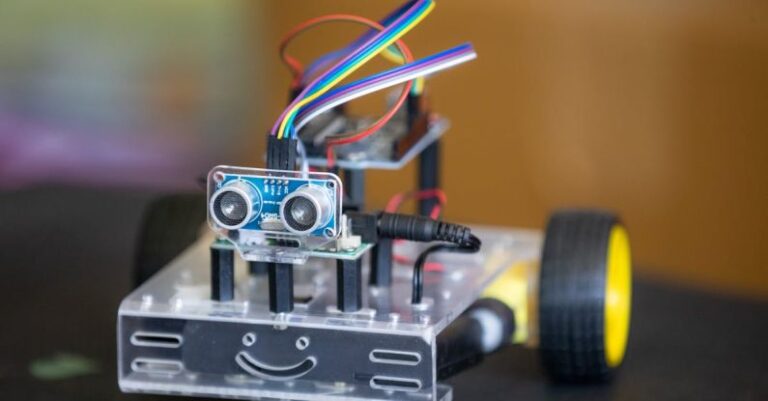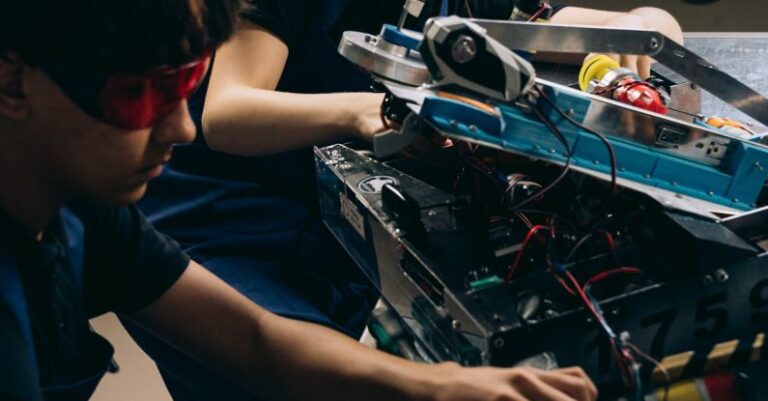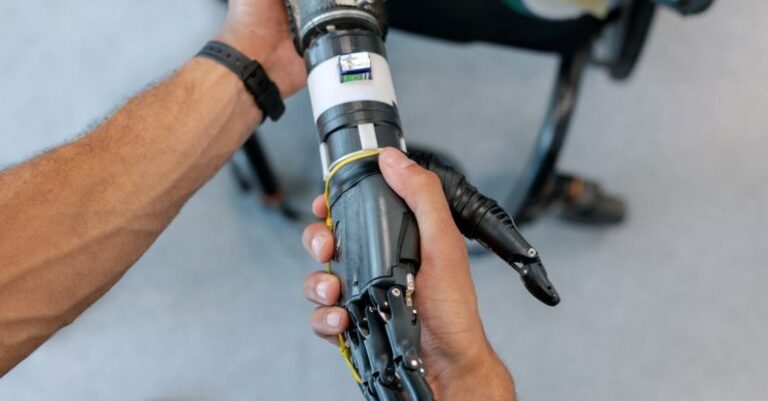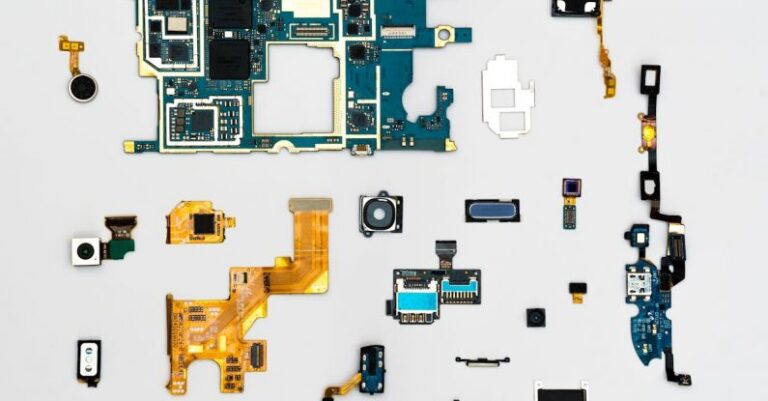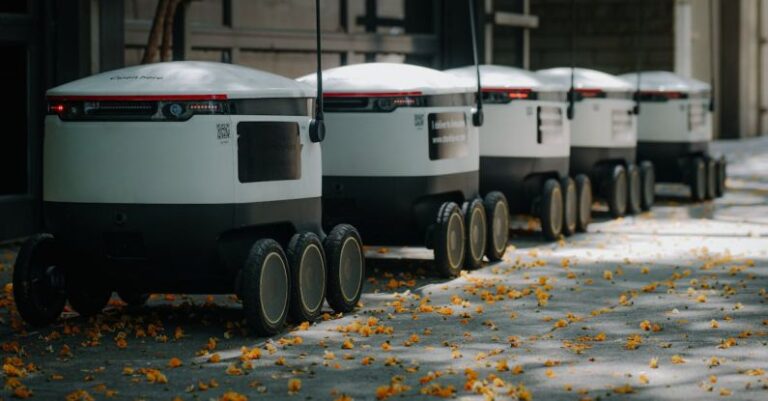
The agricultural sector is at the brink of a technological revolution, with the integration of robotics poised to transform the way we cultivate crops and raise livestock. Robotics, once confined to manufacturing and industrial settings, are now making significant inroads into agriculture, offering a plethora of benefits that can revolutionize the industry. From precision farming to autonomous machinery, the impact of robotics in agriculture is profound and far-reaching.
Enhancing Efficiency and Productivity
One of the key benefits of incorporating robotics in agriculture is the potential to enhance efficiency and productivity. With the use of autonomous vehicles and drones, farmers can optimize various processes, such as planting, monitoring crop health, and applying fertilizers and pesticides. These technologies can operate around the clock, without the limitations of human labor, leading to increased productivity and reduced operational costs. By automating repetitive tasks, farmers can focus their efforts on strategic decision-making and improving overall farm management.
Precision Agriculture
Precision agriculture is revolutionizing the way farmers manage their land by enabling them to make data-driven decisions based on real-time information. Robotics play a crucial role in precision agriculture by collecting and analyzing data on soil conditions, crop health, and weather patterns. This data can then be used to optimize planting strategies, irrigation schedules, and pest control measures, leading to higher yields and reduced environmental impact. By precisely targeting inputs and resources, farmers can maximize their output while minimizing waste, making agriculture more sustainable and efficient.
Weeding and Pest Control
Weeding and pest control are labor-intensive tasks that have traditionally required significant time and effort. Robotics offer innovative solutions to these challenges through the development of autonomous weeding robots and drones equipped with sensors and cameras. These robots can navigate fields, identify weeds, and apply herbicides with precision, reducing the need for manual labor and chemical use. Similarly, drones can be used to monitor crop health and detect pest infestations early, allowing farmers to take timely action and prevent crop damage. By integrating robotics into weeding and pest control operations, farmers can improve crop quality and yield while reducing the environmental impact of traditional methods.
Harvesting and Post-Harvest Operations
Harvesting is a critical stage in the agricultural process that often requires a large workforce to complete within a limited timeframe. Robotics offer a solution to this challenge through the development of autonomous harvesting machines that can efficiently harvest crops such as fruits, vegetables, and grains. These machines are equipped with sensors and robotic arms that can identify ripe produce, pick it with precision, and sort it according to quality standards. By automating the harvesting process, farmers can reduce labor costs, minimize post-harvest losses, and improve overall efficiency. Robotics can also be used in post-harvest operations, such as sorting, grading, and packaging, further streamlining the supply chain and ensuring the quality of the final product.
Sustainability and Environmental Impact
In addition to improving efficiency and productivity, robotics in agriculture have the potential to make the industry more sustainable and environmentally friendly. By optimizing resource use and reducing waste, robotics can help farmers minimize their ecological footprint and preserve natural resources. For example, autonomous irrigation systems can deliver water precisely where it is needed, reducing water waste and energy consumption. Similarly, robotic weeding and pest control methods can minimize the use of chemical inputs, protecting soil health and biodiversity. By embracing robotics, farmers can adopt more sustainable practices that benefit both the environment and their bottom line.
Empowering Farmers with Data and Insights
Another significant advantage of robotics in agriculture is the ability to collect and analyze vast amounts of data, providing farmers with valuable insights into their operations. By leveraging data analytics and artificial intelligence, farmers can make informed decisions about crop management, resource allocation, and risk mitigation. This data-driven approach enables farmers to optimize their practices, adapt to changing conditions, and improve their overall performance. Robotics empower farmers with the tools and information they need to succeed in a rapidly evolving industry, ensuring the sustainability and profitability of their operations.
In conclusion, the integration of robotics in agriculture is poised to revolutionize the industry by enhancing efficiency, sustainability, and productivity. From precision farming to autonomous machinery, robotics offer innovative solutions to age-old challenges, empowering farmers to optimize their operations and maximize their output. By embracing robotics, farmers can improve crop quality, reduce costs, and minimize environmental impact, ensuring a more sustainable and prosperous future for the agricultural sector. The transformative potential of robotics in agriculture is vast, offering a glimpse into a future where technology and innovation drive the evolution of farming practices.
